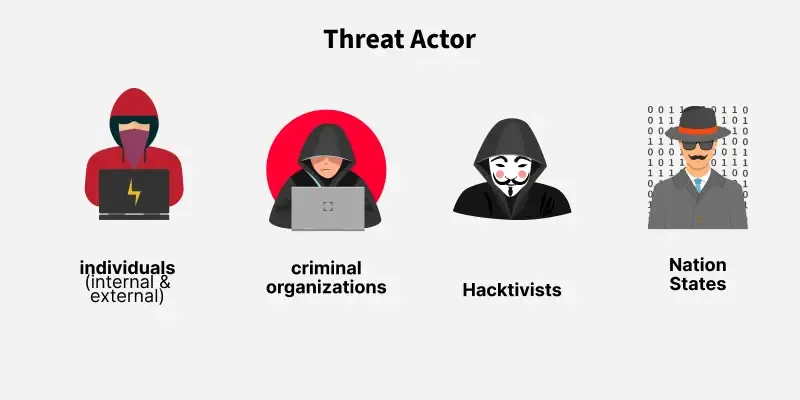The Evolving Threat Landscape
As we approach 2025, cyber threats have grown more sophisticated than ever before. Attackers now leverage artificial intelligence (AI), machine learning (ML), and automation to bypass traditional security measures with alarming efficiency. Ransomware, zero-day exploits, and supply chain attacks are rampant, and businesses can no longer rely solely on conventional firewalls to protect their networks.
The Decline of Traditional Firewalls
Firewalls have been the cornerstone of network security for decades, acting as gatekeepers that monitor and filter incoming and outgoing traffic based on predefined rules. However, the rise of cloud computing, remote work, and IoT devices has drastically changed how organizations operate—and how cybercriminals attack. Here’s why firewalls alone are no longer sufficient:
1. Perimeter Security is Dead
Traditional firewalls operate under the assumption of a defined network perimeter. But with cloud services, hybrid work environments, and BYOD (Bring Your Own Device) policies, the perimeter has dissolved. Employees access corporate data from multiple locations and devices, making static firewall rules ineffective.
2. Encrypted Traffic Bypasses Inspection
Over 90% of web traffic is now encrypted (HTTPS), which helps protect data privacy but also allows malware to hide from traditional firewalls. Many firewalls lack deep packet inspection (DPI) capabilities or decryption features, letting malicious payloads slip through undetected.
3. Advanced Evasion Techniques
Cybercriminals use polymorphic malware, fileless attacks, and living-off-the-land (LotL) tactics that evade signature-based detection. Firewalls alone cannot stop these attacks because they don’t rely on known malicious patterns.
4. Insider Threats & Lateral Movement
Firewalls focus on external threats, but internal risks (malicious insiders, compromised accounts) are just as dangerous. Attackers who breach initial defenses can move laterally across networks without triggering firewall alerts.
What’s Needed in 2025: A Multi-Layered Security Approach
To stay protected, organizations must adopt a zero-trust architecture (ZTA) along with next-generation security technologies:
1. Zero Trust Framework
- “Never trust, always verify” – Instead of assuming internal traffic is safe, authenticate and authorize every request.
- Micro-segmentation – Divide networks into smaller zones to limit lateral movement.
- Identity and Access Management (IAM) – Enforce least-privilege access and Multi-Factor Authentication (MFA).
2. Next-Gen Firewalls (NGFW) & Secure Web Gateways (SWG)
- Deep packet inspection – Analyze encrypted traffic for hidden threats.
- Behavioral analytics – Detect anomalies instead of relying on static rules.
- Cloud-native solutions – Protect distributed environments with scalable, adaptive security.
3. Threat Intelligence & AI-Driven Defenses
- AI-powered anomaly detection – Identify unusual behavior in real-time.
- Automated response (SOAR) – Contain threats before they spread.
- Threat intelligence sharing – Collaborate with security communities to stay ahead of new attacks.
4. Continuous Monitoring & Endpoint Protection
- Extended Detection and Response (XDR) – Integrates security across endpoints, networks, and clouds.
- User and Entity Behavior Analytics (UEBA) – Detect compromised accounts and insider threats.


